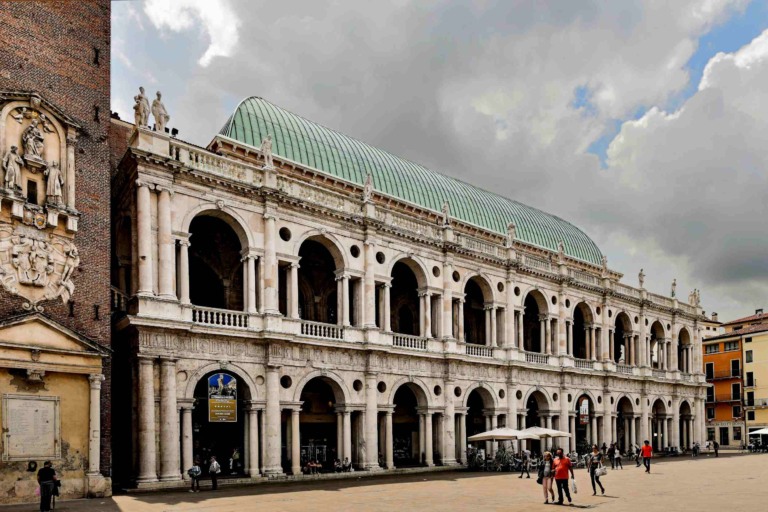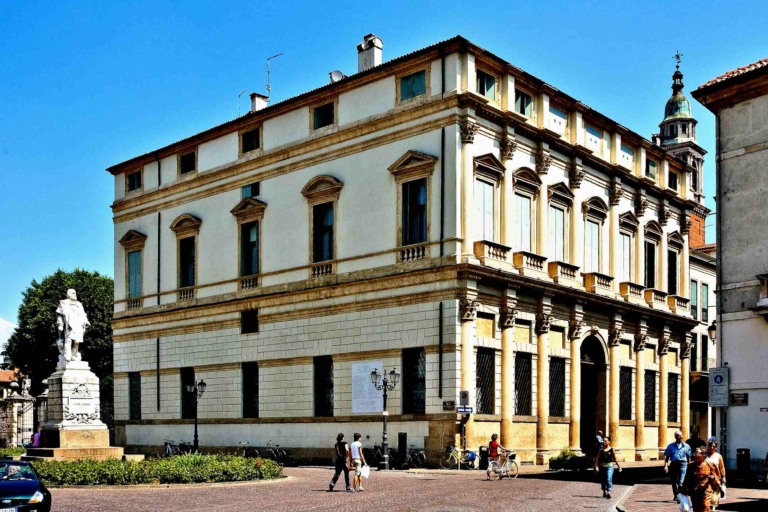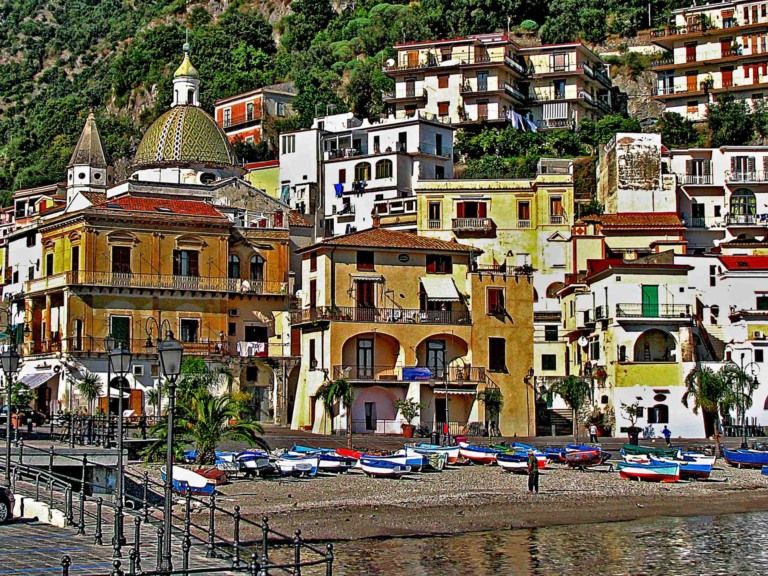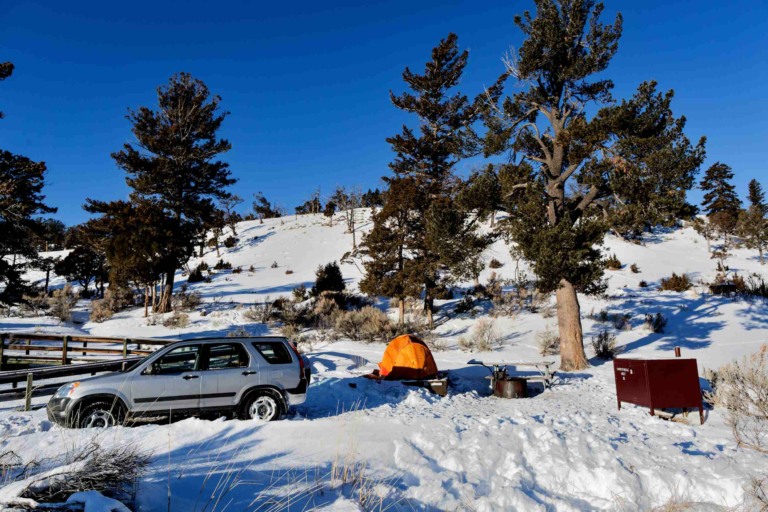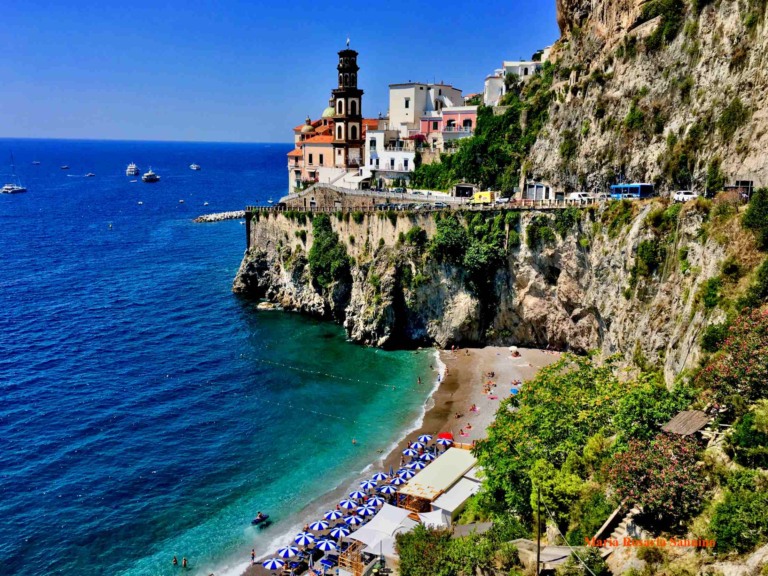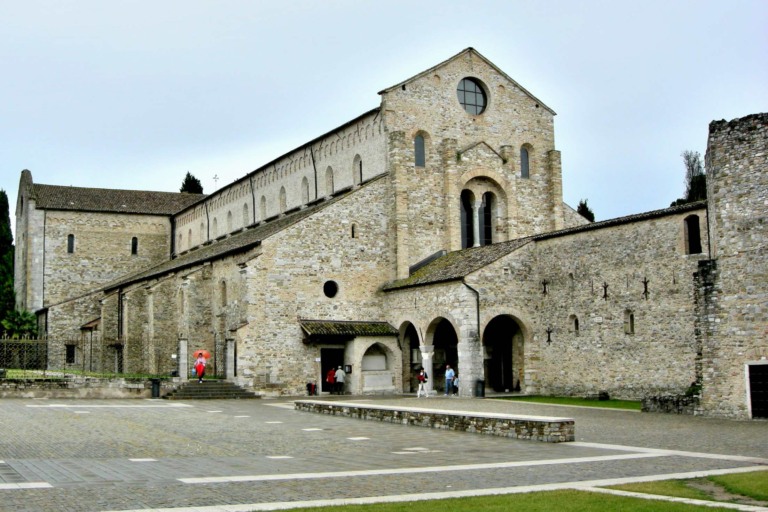Historic Cairo Egypt
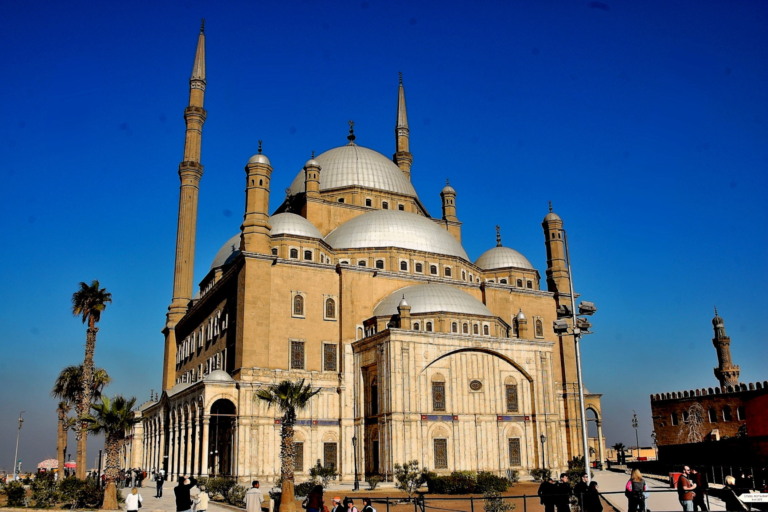
Historic Cairo, often referred to as Islamic Cairo or Old Cairo, is a captivating district within Egypt’s capital city that holds centuries of history, culture, and architectural marvels. It is a living testament to the city’s rich past and showcases a blend of ancient and Islamic influences. Historic Cairo is a UNESCO World Heritage Site due to its exceptional collection of monuments, buildings, and structures that reflect Egypt’s Islamic heritage. The district has been inhabited for over a thousand years and holds a treasure trove of historical and cultural significance. Some of the most iconic landmarks within Historic Cairo include the Al-Azhar Mosque, one of the world’s oldest universities; the Sultan Hassan Mosque, known for its stunning Mamluk architecture; and the beautiful Al-Rifa’i Mosque. In addition to Islamic influences, Historic Cairo is home to Coptic Cairo, which includes churches, monasteries, and the Coptic Museum. This area reflects the historical presence of Egypt’s Christian community.



